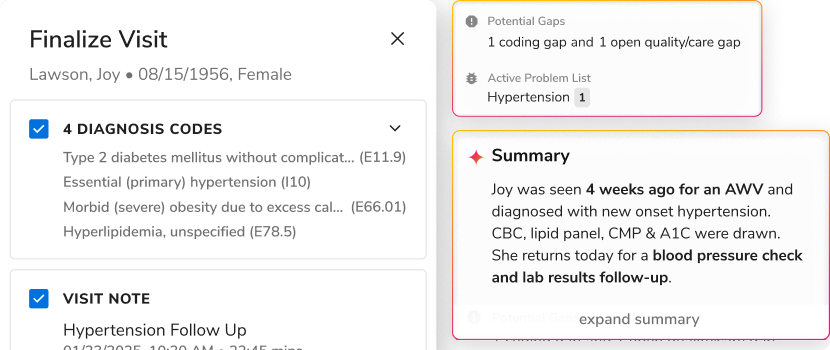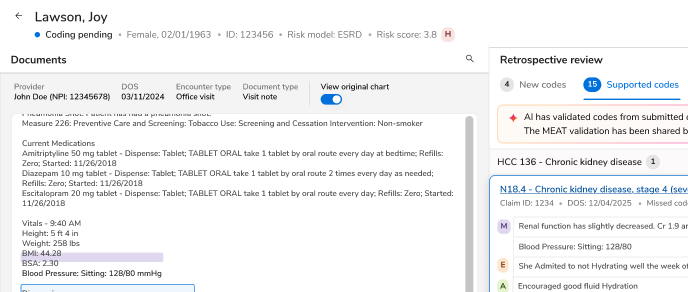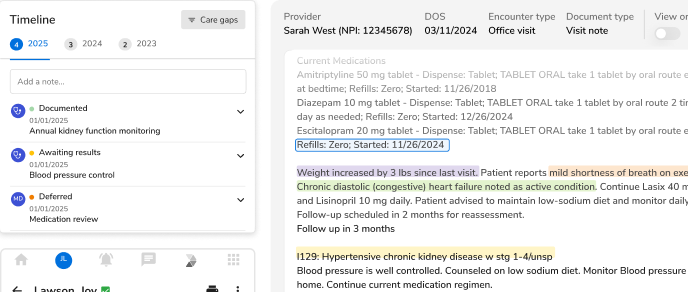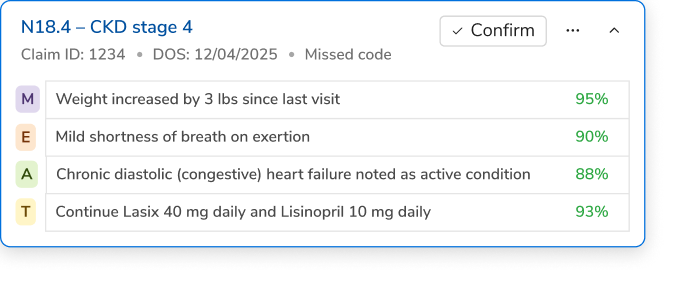The Importance of Preventing Patient Falls and Injuries

Is it possible that despite significant efforts of your providers and groundbreaking innovation focused on improving healthcare quality and affordability, the cost of care in your facility just won’t slow down? Perhaps you have an optimized EHR, state-of-the-art health IT and dedicated providers, yet bringing down the costs requires focusing on little things we often overlook- little things that make up the fabric of the tapestry we call healthcare.
One such area of focus is patient falls. Patient falls are defined by the Agency for Healthcare Research and Quality as “an unplanned descent to the floor with or without injury to the patient.” Each year, somewhere between 700,000 and 1,000,000 people in the United States fall in hospitals or any healthcare setting, pulling up the costs by 61%. Plus, the fact that one-third of these falls are preventable, makes addressing this issue even more integral.
Patient falls- Why is it larger than it seems?
Falls represent a major public health problem- not just in the US, but around the world. And given the compromised state of people admitted to the hospital, their falls result in other severe complications- fractures, internal bleedings, severe injuries. About 30% of these falls result in severe injuries, making the average length of stay after a fall, 12.3 days. A mere fall, without serious injury, can cost a hospital $3,500 while patients with more than 2 falls and no serious injury can add $16,500.
Apart from all this, patient falls can bring down the morale of the hospital staff. Caregivers get disheartened and face complex, demanding goals- all the while striving to maintain patient safety and dignity. Add that to scarce staffing and lack of multidisciplinary care teams, and ensuring quality and patient safety hits a major roadblock. On the top of everything, the population is aging- the older adult population in the US is expected to increase by a minimum of 50% in the coming fifteen years. At this rate, we can expect 49 million falls by 2030, in the least.
What causes falls?
Falls can broadly be categorized into three broad categories:
- Accidental falls- these falls might take place due to slipping, tripping or any minor accident resulting in a fall. Patients here are not at a risk for falls but face that due to any unforeseen accidents that might happen.
- Anticipated physiological falls- these falls are attributed to age, ailments, medications or procedures and are usually reflected in the risk score of the patient. Due to this, they can be easily anticipated and thus, prevented.
- Unanticipated physiological falls- these falls are still due to physiological reasons, but since standard risk assessments don’t identify unanticipated falls, they are usually unforeseen.
Out of these causes, anticipated physiological falls are the most common ones, accounting for 78% of all falls and making a fair point that a majority of falls can be prevented.
How can I prevent falls in my practice?
Several hospitals across the country have deployed fall interventions and the ones that have had the most success take time out to measure and analyze the specifics that led to falls. Fall prevention requires a multidisciplinary approach to care- all the aspects of care have to be balanced and tailored to the needs and risk profiles of each patient. Rather, fall prevention programs would require the active engagement of many individuals, in many steps:
- Identifying high-risk patients: Older patients, patients with hypertension, use of four or more prescriptive medicines, motion impairments are only a few of the factors that increase the risk of falls among patients. Assigning risk scores, segmenting patient population, assessing risk profiles can give providers an insight into preventable falls.
- Accurate data analytics: Data can be instrumental in helping providers gain further insights into patient population risk. Acuity data captured across the continuum of care can help identify trends in critical care, intermediate care, and general acute care, across all aspects of the fall, including patient location, age, diagnosis, and activity.
- Address specific needs of patients: A well-designed care plan for patients that employs coordinated systems and addresses specific patient needs like getting out of bed, helping disoriented patients navigate, or providing them with a safety companion can help in preventing falls. Moreover, providers can prescribe physical therapy to improve mobility and strength and ensure safety at home.
- Continuous monitoring and analytics: One of the most effective strategies in preventing falls is setting alarms and monitoring systems that offer real-time, continuous surveillance and allow immediate intervention for patients. These can be accessed and viewed as metrics on dashboards. This apart, physicians and nurses can conduct safety rounds, checking all patients and ensuring precautions were in place.
A value-focused hospital based in Cincinnati took a very simple but different approach to reduce falls. The providers identified areas of weakness and adopted simple strategies like using red socks and arm bands for high-risk patients, deploying bed alarms and fall signs; and managed to reduce its fall rate from 10 falls per 1000 patient days to 2 falls per 1000 patient days, in just three years.
Making the patient experience of care count
Only few would disagree that improving the patient experience of care is important and ensuring patient safety is an important metric. Falls, hospital-acquired conditions, injuries- these incidents do much more than degrading the valuation of the received care- they can devastate patients. It’s instrumental that patients, especially older adults, are educated and informed about fall prevention in a manner where their privacy and dignity isn’t questioned.
Another key is to train nurses- the individuals who interact with patients the most and train them to create a culture of safety and increased communication between caregivers, so that continuous monitoring can take place and improvements can be made in near real-time.
The road ahead
Falls in hospitals can lead to serious secondary complications and even the most well-designed interventions can prove ineffective if they are not implemented properly. At the heart of every fall prevention program are engaged providers who must recognize that they are the primary line of defense for patients against a fall. Accurate data, feedback, monitoring systems come secondary. Preventing falls require an individualized, patient-centered approach that meets the needs of patients. Using these strategies will not only improve patient safety but also transform the practice, creating a system of “zero falls.”
For more updates, Subscribe
If you want to see our efforts in the area, Schedule a quick demo

.png)





.png)









.svg)
.svg)

.svg)

